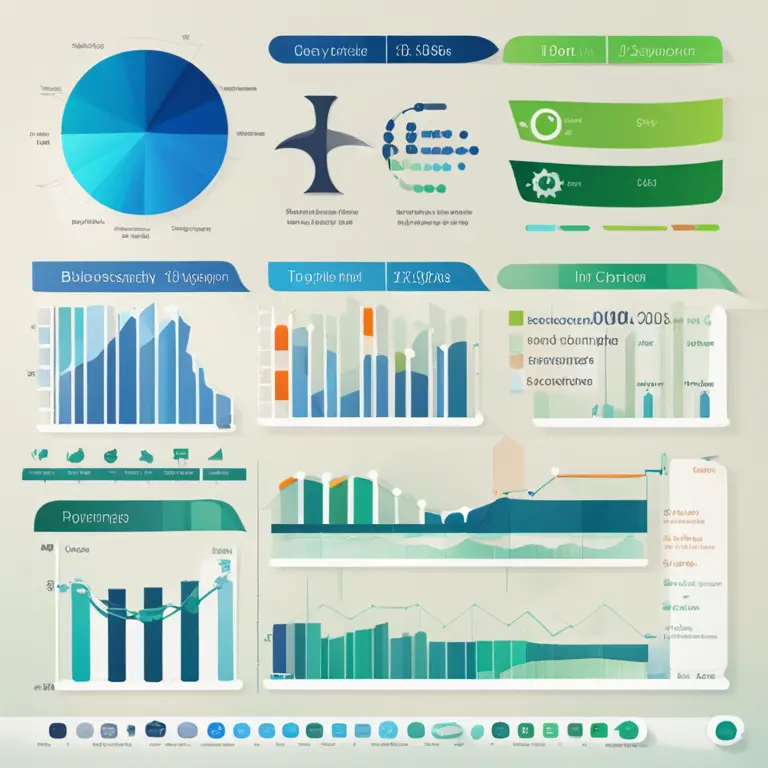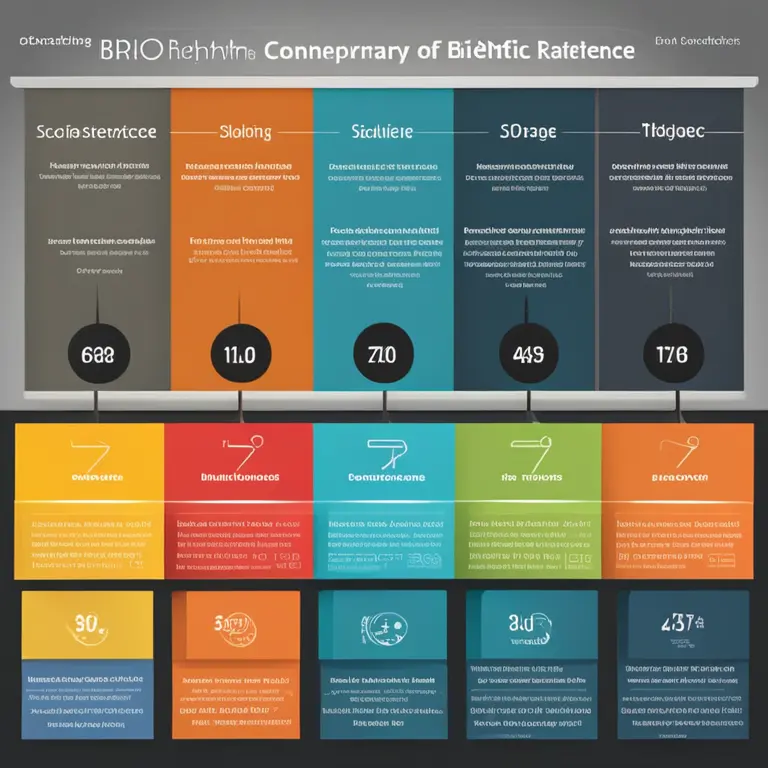
The Reality of Biorhythm Cycles: Fact or Fiction?
Delve into the science and skepticism surrounding biorhythms to discern if there's truth behind the concept of biological cycles affecting human life.
article by Adrian Wallace
Introduction to Biorhythms
Biorhythms are said to be invisible waves of energy within the human body, believed to regulate various aspects of behavior and well-being. The idea hinges on the concept that these cycles begin at birth and influence us throughout our lives. These rhythms are often broken down into three primary cycles: physical, emotional, and intellectual, each governed by different time frames. Proponents suggest that awareness of one's biorhythms can lead to better life choices, but the question remains: Is there credible science backing these claims, or is it merely pseudoscience?

The Origins of the Biorhythm Theory
The biorhythm theory emerged in the late 19th century, with the first observed cycle being the physical one, postulated to have a 23-day period. The theory expanded to include the emotional cycle of 28 days and the intellectual cycle of 33 days. This concept gained popularity in the 1970s, with biorhythm calculators and charts becoming a widespread phenomenon. Despite their early appeal, biorhythms faced scrutiny and skepticism from the scientific community due to a lack of empirical evidence and reproducibility.

Scientific Inquiry Into Biorhythms
Across the years, various studies have attempted to validate the existence of biorhythms and their influence on human life. A critical point of scientific process is the repeatability of results, which has largely been unachievable in biorhythm research. Recent explorations into human physiology have revealed many rhythmic patterns, such as circadian rhythms, which are grounded in biology. Nonetheless, the specific cycles proposed by biorhythm theory have not been substantiated by contemporary scientific research as of 2024.

Modern Biorhythm Apps and Tools
With the advent of technology, biorhythm applications have surfaced, promising users personalized insights based on their birth dates. These tools often include sophisticated algorithms that portray an individual's physical, emotional, and intellectual highs and lows. However, the credibility of such apps and calculators hinges on the fundamental validity of biorhythms, which remains scientifically unproven. Users of these applications should approach the interpretations with caution and a critical mindset.

Criticism and Debunking Myths
Critics argue that biorhythms are a typical example of the Forer effect, where vague and general statements are perceived as highly accurate for individuals. This psychological phenomenon explains why some people resonate with biorhythm charts despite their lack of scientific backing. In addition to this, the placebo effect might play a role in users reporting changes aligned with predicted cycles. Those who vehemently oppose the theory of biorhythms cite the absence of peer-reviewed studies supporting its accuracy and relevance.
The Future of Biorhythm Research
While orthodox science does not currently support the traditional concept of biorhythms, the intersection of technology and biology might carve a path for more nuanced understanding of biological cycles in the future. Genetic studies and advanced computational modeling may reveal new insights that could reshape our perception of human rhythmology. Until then, it is wise to maintain a healthy dose of skepticism toward any claims made without substantial evidence.
Published: 1/25/2024
Modified: 1/25/2024
More predictions
Come back here soon to learn more about yourself and your future


Your Biorhythm Horoscope Handbook
Discover the intriguing intersection of biorhythms and astrology. Learn how tracking your biological cycles can provide insights into your physical, emotional, and intellectual well-being.


The Rhythms Within: Biorhythm Horoscope Insights
Tap into the cosmic wisdom of biorhythms to understand your emotional, physical, and intellectual cycles for enhanced well-being and foresight.


The Human Biorhythm Cycle: Patterns of Life's Ebb & Flow
Delve into the human biorhythm cycle, a compelling concept in the holistic understanding of our physiological and emotional patterns over time.